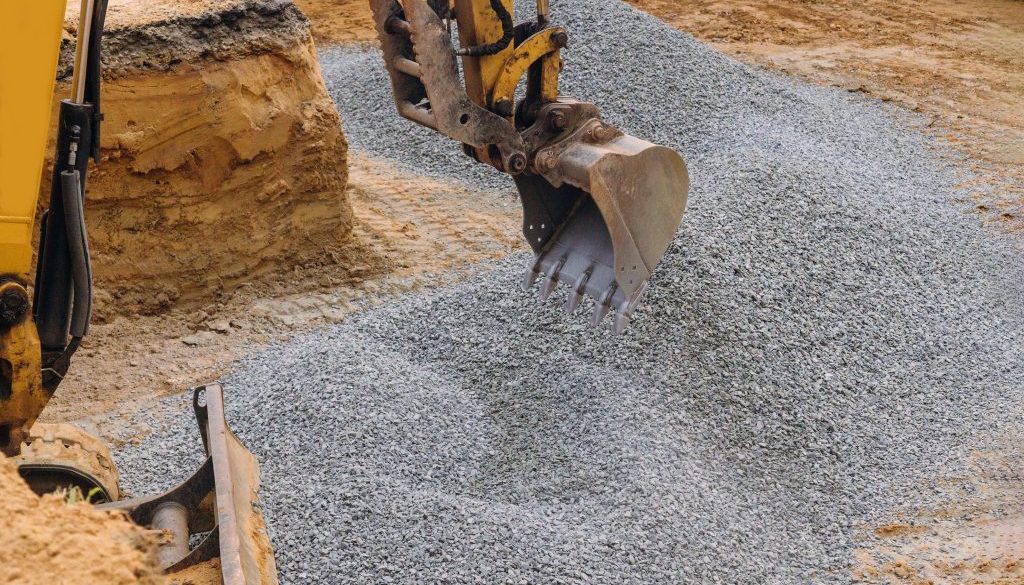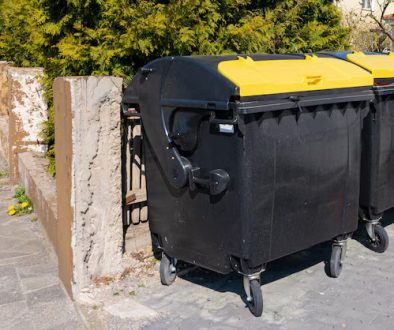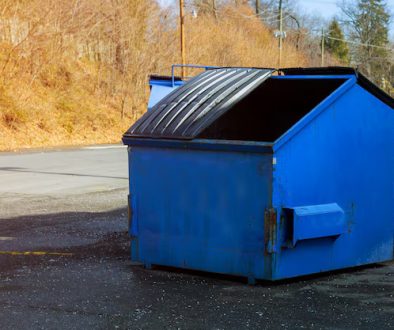Aggregates play a critical role in construction projects, serving as the foundation for many structures and offering various uses and benefits. Choosing the right aggregate for your specific project is essential for ensuring performance, durability, and overall project success. To make the right selection, it’s crucial to understand the different types of aggregates and their applications. In this informative guide, we will delve into the world of aggregates, discussing their types, uses, and factors to consider when selecting the perfect material for your construction project.
Aggregates are granular materials, such as sand, gravel, crushed stone, or recycled concrete, used in construction projects for a variety of purposes. Their primary function is to provide bulk and strength to concrete and asphalt mixtures or serve as a base material for constructing roadways, foundations, and other structural elements. Depending on their origin, size, and composition, aggregates can offer unique benefits and characteristics suited to various construction applications.
In the following sections, we will explore the most common types of aggregates used in construction projects, discussing their properties, applications, and advantages. By understanding these different aggregate materials, you can make informed decisions when selecting the right aggregate for your specific construction needs, ensuring optimal performance and durability.
1. Types of Aggregates and Their Properties
Understanding the different types of aggregates and their properties is essential for selecting the appropriate material for your construction project:
– Sand: Fine-grained and versatile, sand is a popular aggregate material commonly used for plastering, rendering, and making mortar or concrete. It can be either sharp or soft, depending on its origin and application, with sharp sand providing better water drainage.
– Gravel: Composed of small, rounded stones, gravel is commonly used for drainage systems, as a sub-base material, and in landscaping projects. It comes in various sizes and colours, offering a range of options for different applications.
– Crushed Stone: Produced by breaking down rocks or recycled concrete, crushed stone is a versatile aggregate material suitable for a variety of applications, such as sub-bases, drainage layers, or as a component in concrete mixtures.
– Recycled Aggregates: These eco-friendly alternatives to traditional aggregates are made from recycled materials, such as crushed concrete or brick, and offer properties and applications similar to their non-recycled counterparts.
2. Applications of Aggregates in Construction Projects
Aggregates play an essential role in construction projects and are commonly used for various applications:
– Concrete and Mortar: Sand and crushed stone are essential ingredients for making concrete and mortar, providing strength, durability, and workability to these mixtures.
– Foundations and Sub-Bases: Large aggregates, such as gravel or crushed stone, are commonly used as a foundation or sub-base material for roadways, buildings, and other heavy load-bearing structures.
– Drainage Systems: Gravel and crushed stone are ideal for constructing drainage systems due to their permeable nature and ability to provide stability and support.
– Landscaping: Aggregates, such as sand and decorative gravel, can be used in landscaping projects to create paths, driveways, or decorative features.
3. Factors to Consider When Selecting Aggregates
When choosing the right aggregate for your construction project, several factors should be considered:
– Project Requirements: Assess the specific needs of your project, such as strength, durability, drainage, or aesthetics, and select aggregates that align with these requirements.
– Aggregate Size: Consider the size and shape of the aggregates, as these factors can impact the performance and workability of your construction materials.
– Aggregate Source: Evaluate the origin or source of the aggregates, as locally sourced materials can be more affordable and environmentally friendly, while imported aggregates may offer unique properties or aesthetics.
– Budget: Keep your project budget in mind when selecting aggregates, as different materials and sources can vary in price.
4. The Importance of Quality Aggregates
Selecting high-quality aggregates is essential for ensuring the success of your construction project, as subpar materials can lead to compromised structures or durability issues:
– Material Quality: Choose aggregates that are clean, free from impurities, and offer consistent quality for optimal performance and project outcomes.
– Grading: Check the grading of your aggregates, ensuring they meet industry standards or specific project requirements to guarantee the desired performance and strength.
– Provider Reputation: Partner with a reputable aggregate supplier that values quality and consistency, as this ensures that you receive the best materials for your project.
Conclusion
Choosing the right aggregate for your construction project is crucial for ensuring project success, optimal performance, and durability. By understanding the different types of aggregates, their properties, and applications, you can make informed decisions that contribute to the success of your construction project. Moreover, considering factors such as project requirements, aggregate size, source, and budget allows you to select the perfect material for your specific needs and achieve the desired outcomes.
As a family-run skip hire and aggregate company servicing Staffordshire, Enviro Skip Hire is proud to offer a wide range of aggregate options to suit every project requirement. Whether you’re tackling a large-scale construction project or a domestic landscaping endeavour, we’re here to provide high-quality aggregates and expert advice to guide you along the way. To explore our extensive selection of 6F2 aggregates and make the right choice for your project, get in touch with us today.




